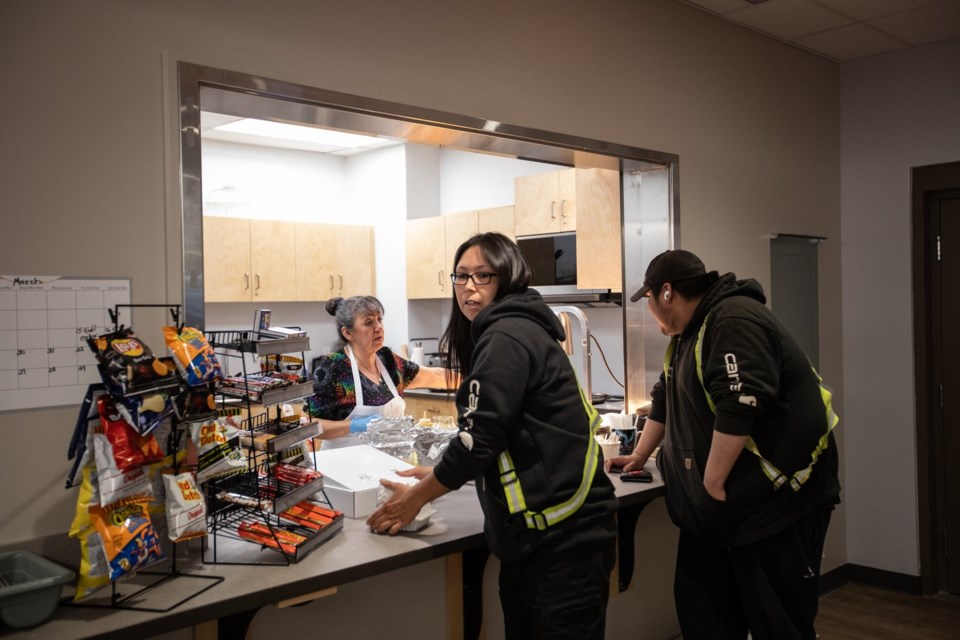CALGARY — Oilpatch companies are big spenders on Indigenous-affiliated businesses, according to a survey commissioned by the Canadian Association of Petroleum Producers released Thursday.
Data science firm iTOTEM Analytics collected figures from 12 members of the industry advocacy group that together represent half of Alberta's oil and natural gas production.
They collectively spent $14.4 billion between 2021 and 2023 on goods and services from Indigenous-affiliated businesses, which iTOTEM defines as an enterprise with some degree of First Nations, Métis or Inuit ownership.
The vast majority of those funds — $13.9 billion — were spent in Alberta.
"Working collaboratively with Indigenous communities and businesses, the oil and natural gas industry can support economic reconciliation and prosperity for generations to come," CAPP president and CEO Lisa Baiton said in a news release.
During the three-year period captured in the study, almost 18 per cent of the industry's supply chain spending was directed to Indigenous-affiliated vendors.
In Alberta the CAPP members did business with 585 Indigenous-affiliated enterprises across 110 municipalities and 45 Indigenous communities.
Most of the spending was on construction vendors, followed by environmental and industrial waste services and equipment services and maintenance.
John Desjarlais, executive director of the Indigenous Resource Network, praised CAPP for holding itself accountable regarding its commitments to Indigenous communities.
"As can be seen, the impact is considerable and, as we have seen in our work and through our members, one of the great drivers of self-determination is through economic reconciliation," Desjarlais said in the release.
Crystal Quocksister, client service manager at iTOTEM and an Indigenous data science entrepreneur, said the work with CAPP was about industry transparency and checking the numbers.
"There’s still work to do," she said in the release.
"But I’m hopeful, because I see a shared commitment from Indigenous communities, entrepreneurs, and industry to shape the future of resource development together. And the numbers show this to be true."
Staffers of Indigenous descent make up seven per cent of the oil and gas workforce — well above the national average of just under four per cent, CAPP said.
In an onstage interview at the Global Energy Show in Calgary last week, the chief executive at Crown-owned pipeline operator Trans Mountain Corp. said it's worthwhile to hire Indigenous contractors not only because they're Indigenous, but "they're really good at what they do."
"The Indigenous part would be a bonus, so to speak," Mark Maki said. "But they're good at whatever it is we're asking them to do."
In British Columbia, First Nations have been playing a key role in liquefied natural gas projects in development.
One of those is the Haisla Nation, which owns just over half of the Cedar LNG project under construction in Kitimat, B.C., alongside Pembina Pipeline Corp.
Haisla Chief Crystal Smith told the Global Energy Show last week that there's a misconception that Indigenous groups are an obstacle to development.
"We're not a problem," she said. "We're actually the solution."
This report by The Canadian Press was first published June 19, 2025.
Lauren Krugel, The Canadian Press




